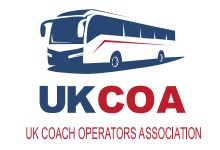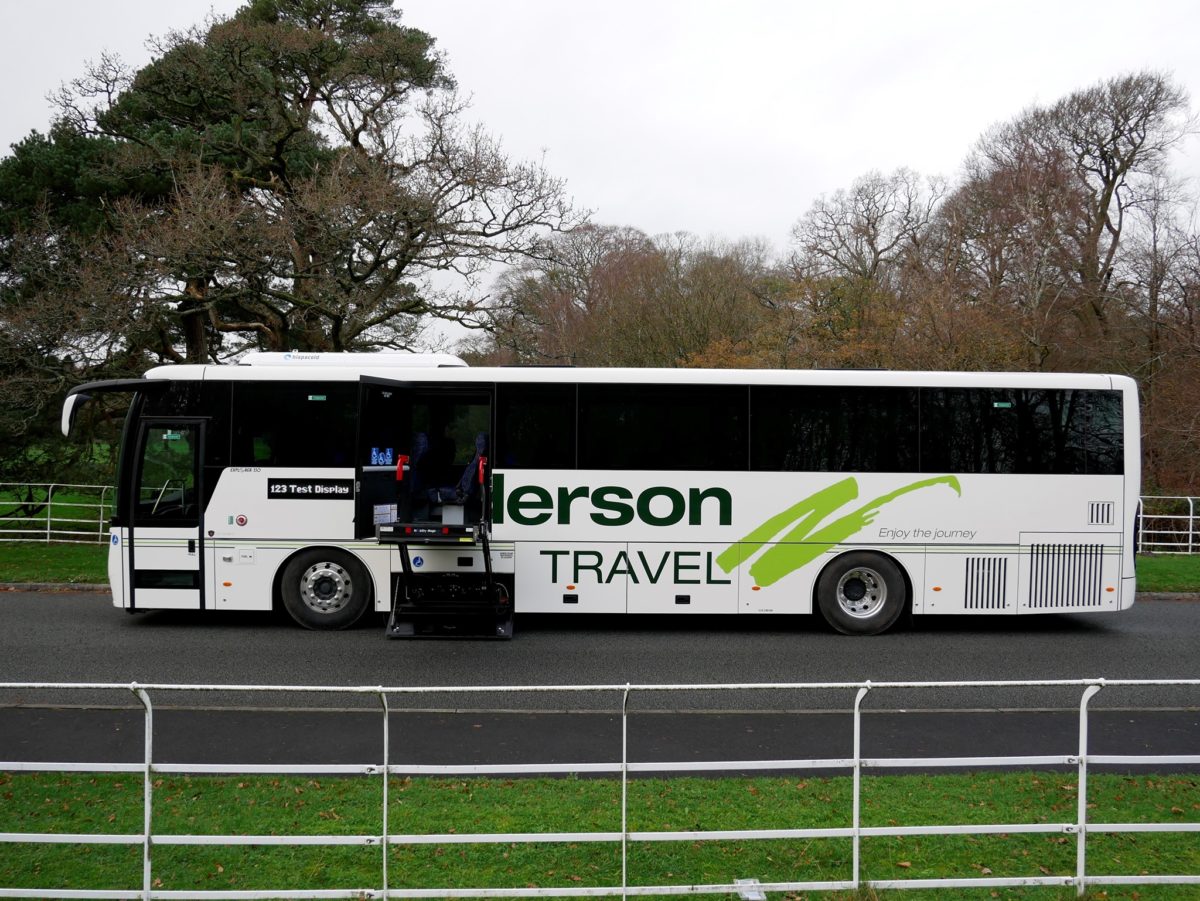There are just over 3 months to go before the next step in the minimum levels of compliance required for those who have a ‘Special Authorisation’ for vehicles used on Home to School (HTS) and Rail Replacement (RR) services.
From 1 August 2024, the following levels of compliance will be required:
- Band A – For fleet sizes between 1 and 5 vehicles – At least 50% of the fleet partially compliant;
- Band B – For fleet sizes between 6 and 9 vehicles – At least one fully compliant vehicle and at least 50% of the rest of the fleet partially compliant;
- Band C – For fleet sizes between 10 and 29 vehicles – At least 15% of the fleet fully compliant and at least 50% of the rest of the fleet partially compliant;
- Band D – For fleet sizes of 30 vehicles or more – At least 25% of the fleet fully compliant and at least 50% of the rest of the fleet partially compliant;
The ‘fleet’ is just those vehicles that are used on HTS and RR duties; vehicles that are never used on this work (or are used on HTS services that do not carry any paying passengers) can be excluded from the fleet totals.
Partial compliance requires vehicles to comply with parts of PSVAR schedule 3 as follows:
- paragraph 2 (floors and gangways)
- paragraph 3 (seats)
- paragraph 4 (steps, excluding sub-paragraphs 1d, 1e, 1f, and 5)
- paragraph 5 (handrails)
i.e.: it does NOT include any requirement for a wheelchair lift or destination equipment.
If, since you applied for your exemption from PSVAR, your fleet used to provide HTS or RR services has changed (either increased or decreased) which has moved you into a different ‘band’, you must notify the Department for Transport (DfT) at [email protected].
These are important changes; for coach operators who are Band B or C it requires you to have fully compliant PSVAR coaches for the first time, and for Band D there is a significant uplift in the number of coaches that need to be fully compliant. If you don’t already have plans to meet these requirements by 1 August, we suggest you make this a priority in the immediate future, as the demand for fully compliant PSVAR vehicles is likely to be high over the next few months.

